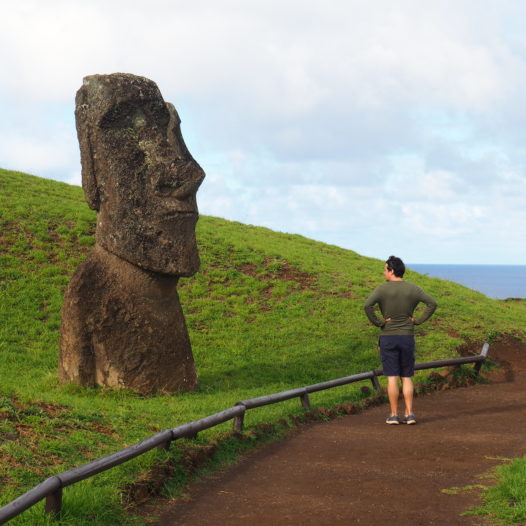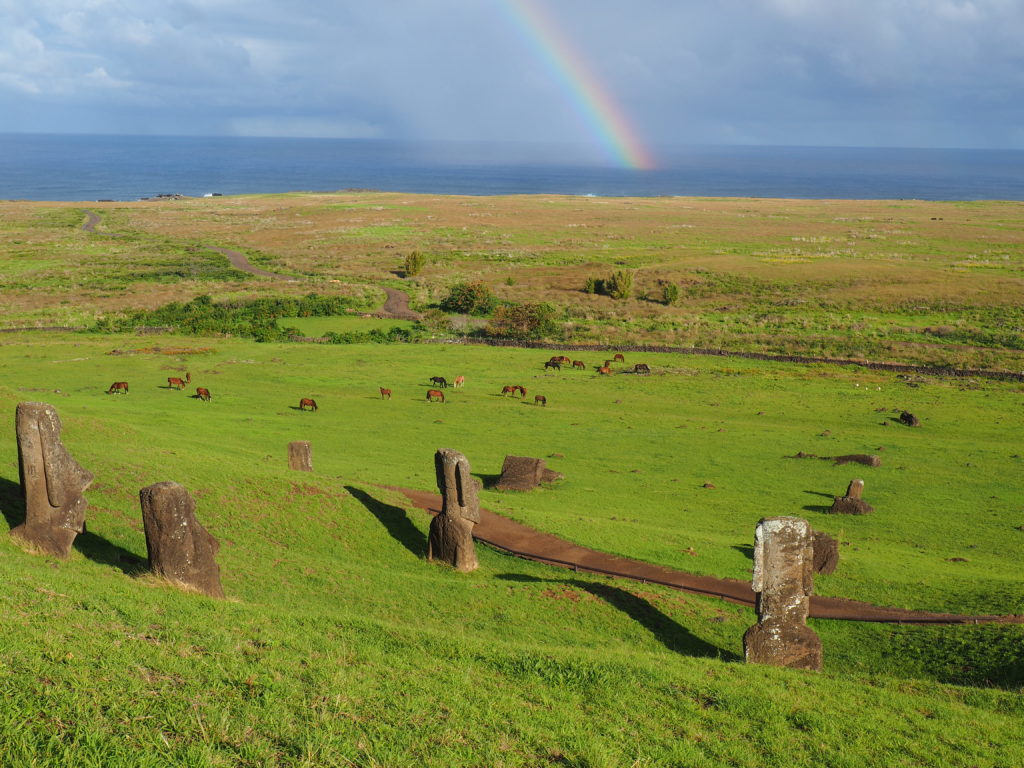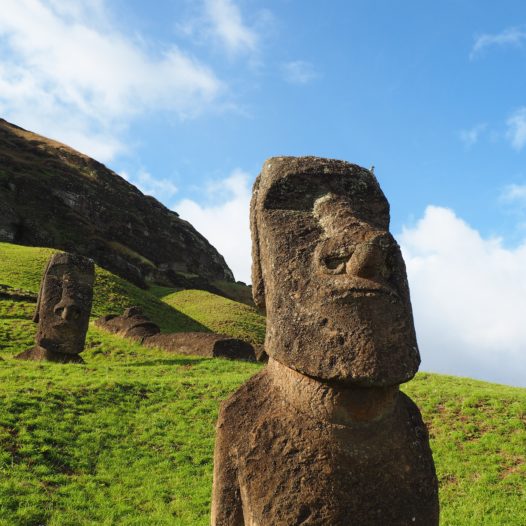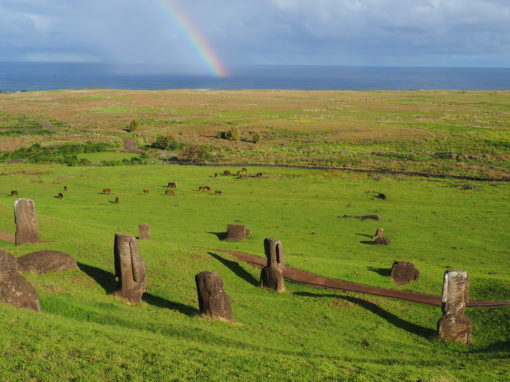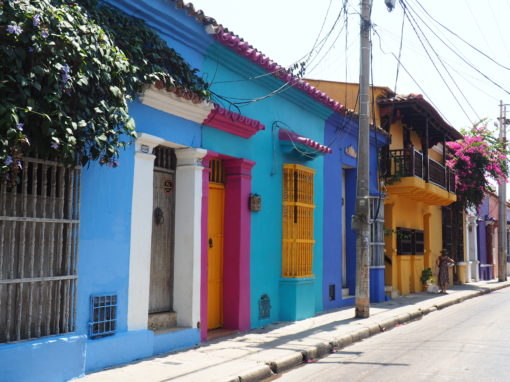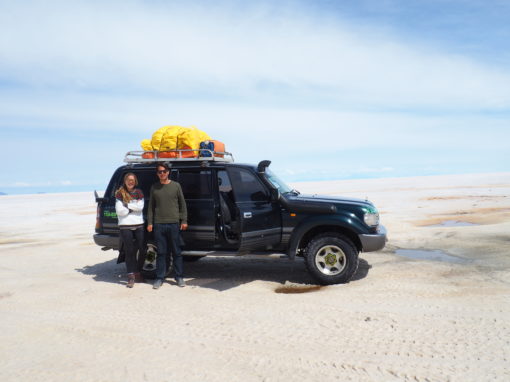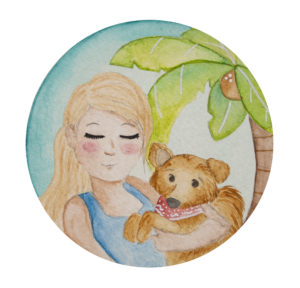WHAT: A visit to the quarry where all of the moai were constructed on Easter Island WHERE: On the eastern side of the island, some 30 minutes by car from Hanga Roa. HOW MUCH: To visit Rano Raraku you need a ticket to the National Park, which gives you entrance to all of the highlights on the island. That ticket costs $80,- per person. I know it's expensive, but if you have come all the way to Easter Island, you really want to pay for this. Although you can see many moai without entering the site, Rano Raraku alone is really worth buying the ticket. HOW LONG: I'd say 2-3 hours in total will give you plenty of time to walk on both the inside and outside of the quarry
Rano Raraku is a remarkable place on Easter Island. I mean, the island itself already is extraordinary, but as you enter the quarry of where it all began – that is, where all of the moai carving on this island took place – it’s like you’ve entered another world.
While driving towards the area you can already see lot of heads sticking out of the ground on the slope of the hill. So bizar.
An exact 397 moai are to be found in here, scattered all over the place. That’s almost the half of the 884 (so far discovered) moai. Quite a lot.
Not all of the carvings in here have been finished though. And that’s what makes this quarry so interesting. The moai are all in various stages of construction. Some are still imbedded within the stone of the volcano and waiting for their release, some are standing upright, others have fallen forwards flat on their nose. Some are broken in two because of the transportation.
Most of them are just left abandoned in the high grass with their bodies buried beneath – on their way to their destined spot alone the shore- , with nobody caring except for the wild horses that graze around them.
You can also find the largest moai that has ever been carved, although it has never been finished and still is stuck within its birthplace.
Another thing I learned in here, that although the moai come in all shapes and sizes, practically all of them are male. There’s only one female to be found in the island and currently she’s at the local museum. And she looks way different.
From the entrance two paths are leading along the abandoned moai. One to the right, on the outside of the volcano where most of them are to be found, and one to the left, to the caldera. I didn’t really realize up front how much variety the moai would have. But as you walk around the quarry you can really see that there are a lot of differences between them when it comes to size and facial expression.
If you see all of them together it’s better to appreciate the time and effort that must have been put into each and every one. It’s amazing to see how they were ‘pulled’ out of the crater by the Polynesian Michelangelo’s. And no matter how many moai you’ve seen before going to Rano Raraku, it really remains amazing how much are perched together on this piece of land.
On top of that the higher setting of the slopes of the quarry give a beautiful panorama of the island and a pretty decent view on the nearby Ahu Tongariki – the biggest ahu of the island.
I forgot my zoom lens, but you get the idea:
Try to make it to this place on a clear day. Not only the view will be better, so will be your pictures. We visited the quarry after some heavy rainfall and weren’t allowed to visit the left path that leads all the way to the caldera. Such a pity, so keep that in mind too.
At the same time we did have the luck to experience both sunshine and rain showers, which resulted in a plethora of rainbows! So cool to see them between all of the moai.
Wear sturdy shoes (you have to climb a couple of stairs), don’t touch the moai and stay on the paths. Security is all around and the people on the island REALLY don’t like it if you break the rules. In case you’re hungry, there’s a little restaurant (and a small gift shop) outside of the gate. And some pretty flowers at the entrance, as you can see in here :).
Unfortunately you can only enter this place once with your ticket, so make it worthwhile!





